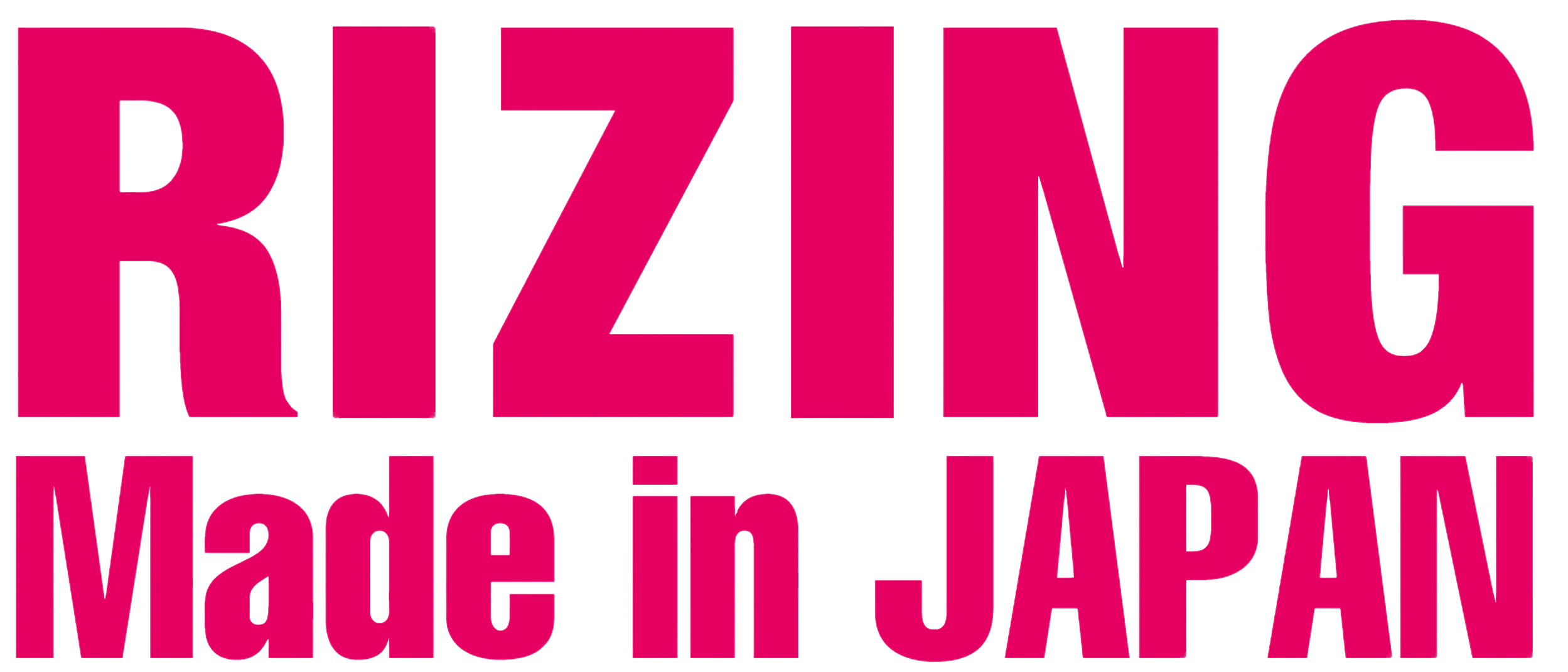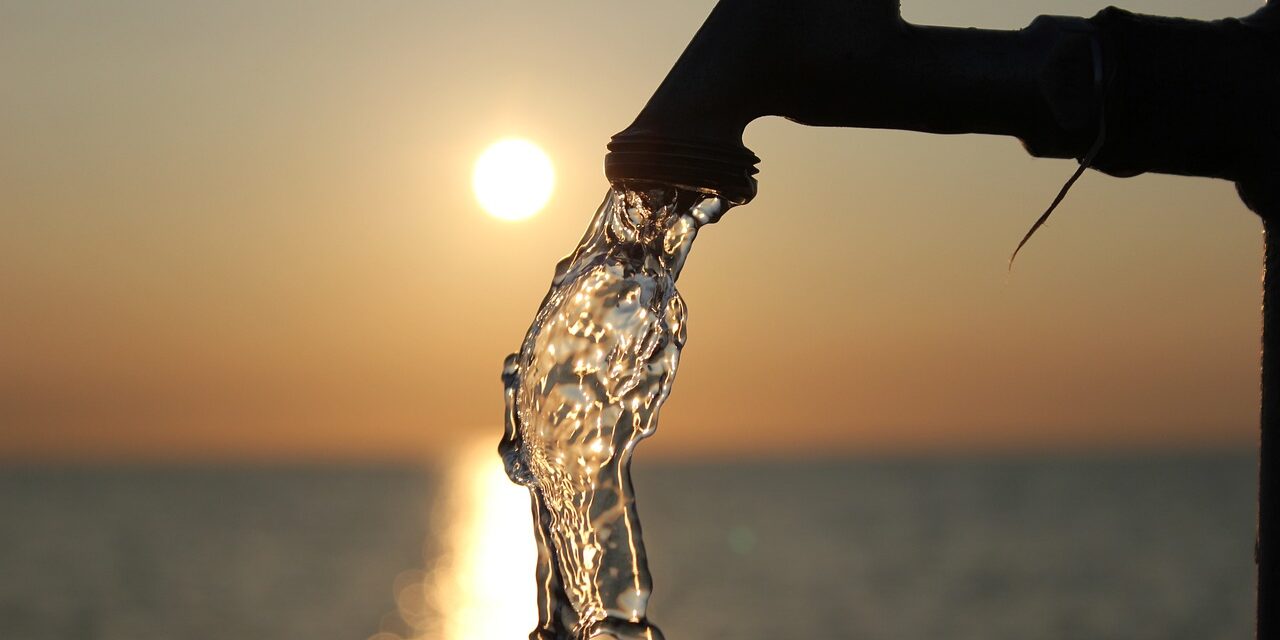Introduction
The discourse surrounding the usage of tap water versus bottled water has gained considerable traction in numerous countries, including Japan. This world’s third-largest economy is often lauded for its advanced infrastructure and stringent quality control measures, particularly concerning drinking water. Given this context, the contrast between tap water and bottled water in Japan covers various dimensions, including safety, environmental implications, cultural perceptions, and economic considerations. This essay seeks to explore these factors, thereby elucidating the differences between tap water and bottled water in Japan.
Quality and Safety Standards
The foundation of any discussion regarding drinking water must begin with safety and quality standards. Japan’s tap water is renowned for its high quality, a result of rigorous testing and regulatory frameworks. According to the Ministry of Health, Labour and Welfare (MHLW), Japanese tap water consistently meets or exceeds the standards set forth by the World Health Organization (WHO). In 2020, the compliance rate for tap water quality was reported to be over 99.9%, indicating the exceptional public health standards upheld in the country.
Conversely, bottled water, although equally subjected to safety regulations, often suffers from a lack of clarity regarding its source and composition. The Consumer Affairs Agency (CAA) of Japan mandates labeling requirements for bottled water, yet a prominent concern lies in the ambiguous characterization of “mineral water” versus “spring water.” These classifications are less monitored, leading to potential discrepancies between expected purity levels and actual content, a situation underscored in a study conducted by the Japan Consumer Court, which found that several popular bottled water brands contained higher-than-acceptable levels of certain contaminants.
Environmental Impact
Another crucial aspect of the comparison is the environmental implications associated with both water sources. The production of bottled water entails an extensive process involving plastic production, transportation, and refrigeration—all contributing to greenhouse gas emissions. A 2020 report by the Japan Plastic Waste Reduction Initiative estimated that the bottled water industry generated over 300,000 tons of plastic waste annually.
In stark contrast, tap water is delivered through a well-established infrastructure, which mitigates these environmental impacts. While Japan has been criticized for its reliance on single-use plastics, efforts have been made to improve recycling systems and reduce bottled water consumption. Municipalities have implemented initiatives to promote tap water usage, such as public campaigns encouraging citizens to carry reusable bottles, further emphasizing the sustainability of tap water over bottled variants.
Cultural Perceptions and Consumption Trends
Cultural attitudes towards tap and bottled water reveal another layer of complexity in the Japanese context. In urban areas, while the general population recognizes the high quality of tap water, bottled water has attained a symbol of convenience and lifestyle. According to a survey conducted by the Japan Bottled Water Association in 2019, approximately 60% of respondents indicated they preferred bottled water for its convenience and perceived quality.
This trend is juxtaposed against regions in Japan where cultural practices lean toward the consumption of tap water. For instance, in traditional settings such as tea ceremonies and public festivals, the emphasis on tap water underscores a strong cultural affinity for locally sourced resources. This dichotomy indicates not only consumer preferences but also reflects underlying assumptions about water quality, where bottled water is often viewed as luxurious or superior, despite the facts surrounding tap water safety.
Economic Considerations
From an economic perspective, the cost differentials between tap and bottled water present another significant consideration. The average cost of tap water in Japan is approximately 0.2 yen per liter, compared to a range of 100 to 300 yen per liter for bottled water products. This stark contrast poses an economic burden for consumers who choose bottled water over the readily available and more affordable tap water. With an increasing focus on sustainable living, advocating for tap water can serve both financial benefits for consumers and reduce overall plastic waste.
Conclusion
In conclusion, the differences between tap water and bottled water in Japan are substantial and multifaceted. While the safety and quality of tap water are recognized globally, the environmental impact and cultural perceptions present compelling arguments for its consumption. Economic factors further exacerbate the divergence between these two water sources. As Japan continues to promote sustainability and environmental consciousness, the dialogue surrounding tap water and bottled water will remain a critical component of broader societal discussions on public health and ecological preservation. Ultimately, advocating for the consumption of tap water presents viable opportunities for enhancing both individual and collective well-being in contemporary Japan.

